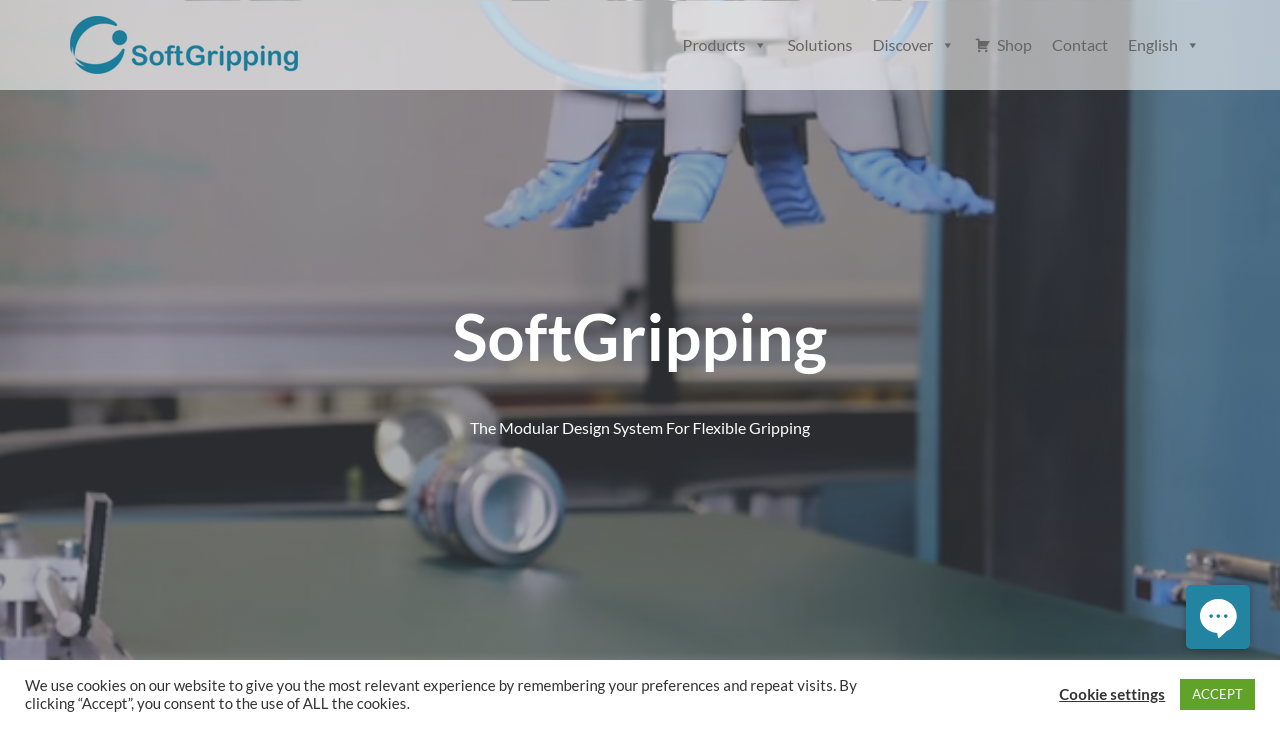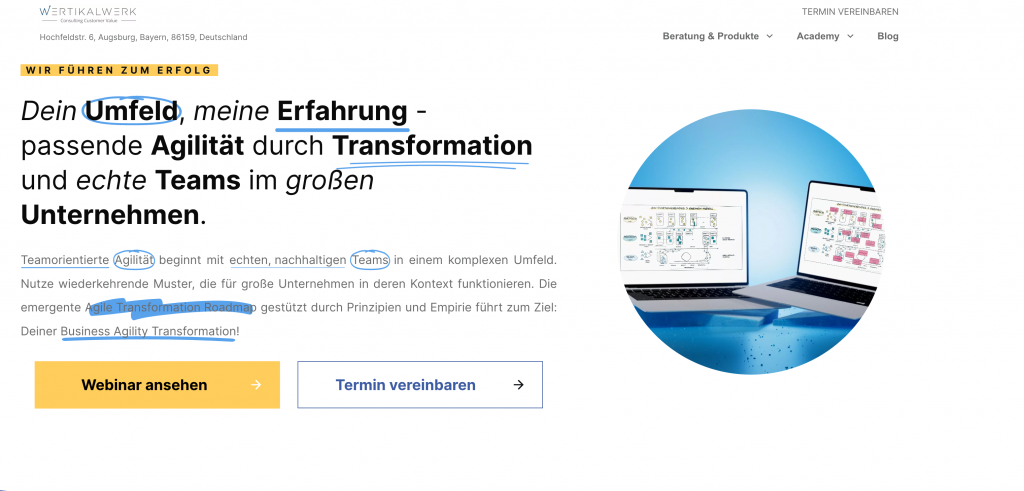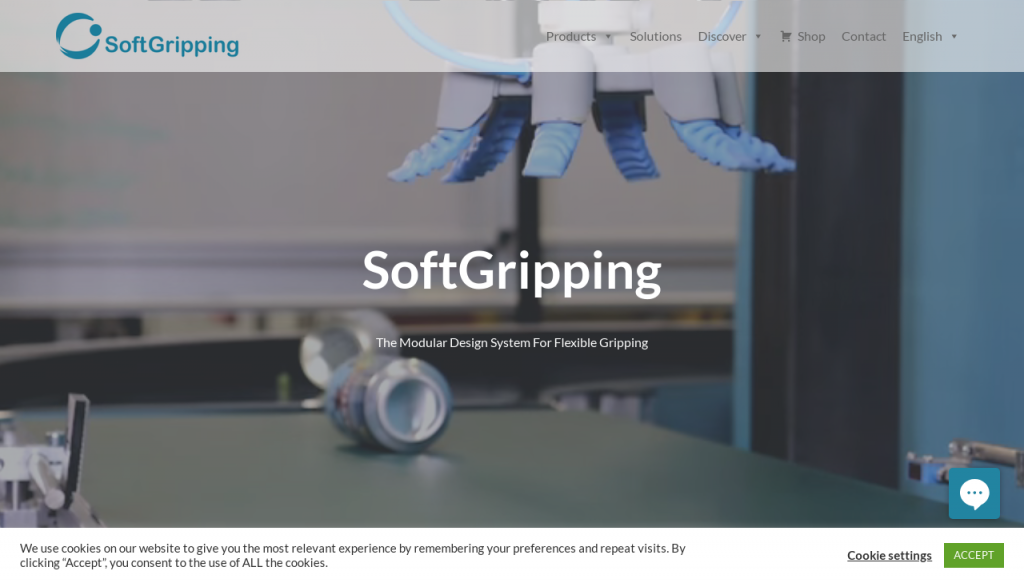Updated on 22nd May, 2024
In today’s rapidly evolving digital landscape, marketing analytics has emerged as a critical component for businesses seeking to gain a competitive edge. The vast amounts of data available provide unparalleled opportunities for companies to better understand their customers’ needs, preferences, and behaviors. Measuring, managing, and analyzing marketing performance data effectively can help organizations optimize their return on investment (ROI) and make more informed decisions.
In this article, we will explore various real-world strategies and examples that showcase how businesses across industries are harnessing the power of marketing analytics to drive growth, enhance customer experiences, and outperform their competitors.
What is Marketing Analytics?
Marketing analytics is the process of using data and analytical tools to measure, evaluate, and optimize marketing campaigns and strategies. It encompasses the collection of data from various marketing activities, such as advertising, social media, email marketing, website traffic, and customer behavior, which is then scrutinized to derive valuable insights into their efficacy.
With digital marketing channels continuing to proliferate, marketing analytics has become increasingly crucial for businesses of all sizes, including those operating in the B2B space. Leveraging marketing analytics can enable B2B companies to make data-driven decisions based on customer behavior, campaign performance, and other key metrics. Assessing the ROI of marketing campaigns empowers businesses to pinpoint which initiatives are yielding the best returns and allocate resources accordingly.
Additionally, marketing analytics assists organizations in optimizing their marketing activities by identifying the most effective tactics and continuously enhancing their performance through testing and refining various strategies. This is particularly important in the B2B context, where longer sales cycles and more complex decision-making processes require a deeper understanding of customer needs and preferences.
Marketing analytics is more than just gathering data; it also involves analyzing large and intricate datasets to extract strategic knowledge. This method encompasses multiple crucial elements:
- Collecting Data: Obtaining relevant information from multiple sources
- Analyzing Information: Identifying patterns and trends using statistical methods
- Generating Insights: Converting data into useful business knowledge.
Businesses can adjust their strategy to match market demands and foresee future trends by knowing these components.
What are the Key Components of Marketing Analytics?
There are a number of essential components that make up marketing analytics. Here are the six most critical ones:
Customer Analytics
Customer analytics involves collecting and analyzing customer data to understand their behaviors, preferences, and needs. Leveraging this data can enable businesses to segment their audience, personalize marketing efforts, and improve customer experiences. Techniques such as cohort analysis, customer lifetime value (CLV) estimation, and churn prediction help in making informed decisions to retain and grow the customer base.
Competitive Analysis
Competitive analysis entails evaluating competitors’ strategies, strengths, and weaknesses to identify market opportunities and threats. This process includes monitoring competitors’ product offerings, pricing, marketing tactics, and customer reviews. Understanding the competitive landscape can help businesses refine their strategies, differentiate their products, and gain a competitive edge in the market.
Performance Measurement
Performance measurement involves tracking key performance indicators (KPIs) to assess the effectiveness of marketing campaigns. Metrics such as ROI, conversion rates, click-through rates, and customer acquisition costs provide insights into campaign success and areas for improvement that might lead to desired results. Regular performance measurement enables marketers to optimize strategies and allocate resources efficiently.
Predictive Analytics
Predictive analytics uses statistical models and machine learning algorithms to forecast future outcomes based on historical data. In marketing, it helps in anticipating customer behavior, optimizing campaign timing, and personalizing offers. Predicting trends and customer actions can empower businesses to proactively address market demands and enhance marketing effectiveness. This can allow businesses to anticipate future trends, such as seasonal demand, customer buying behaviors, and the needs of new markets.
Visualization and Reporting
Visualization and reporting translate complex data into easy-to-understand charts, graphs, and dashboards. Effective visualization highlights key insights and trends, facilitating quick decision-making. Comprehensive reporting goes beyond visual representation to include detailed analysis and interpretation of data, offering stakeholders a clear understanding of campaign outcomes and areas for improvement. Regular reports can cover a variety of metrics, such as ROI, conversion rates, customer engagement, and channel performance. Presenting data in an easily digestible format enables visualization and reporting to support quicker decision-making, facilitate strategic planning, and communicate insights across teams.
Attribution Modeling
Attribution modeling determines the impact of various marketing channels and touchpoints on customer conversions. Different models, such as first-touch, last-touch, linear, time-decay, and data-driven attribution, assign value to each interaction based on its influence on the conversion. Understanding which channels are most effective allows marketers to allocate their budgets more efficiently, optimize their marketing mix, and enhance campaign performance. Attributing conversions accurately helps businesses gain insights into customer journeys, identify high-impact touchpoints, and refine their marketing strategies. These insights enable companies to optimize marketing spend, improve campaign strategies, and maximize ROI.
Examples of Marketing Analytics Strategies
Current And Previous Data Analysis
Marketing analytics thrives on data analysis, both current and historical. Analyzing data helps marketers gain insights into the effectiveness of their marketing strategies and campaigns. Comparing current data to previous data is a great way to track progress and identify trends.
Marketers can use this data to identify areas for improvement or determine if there have been any improvements or declines in engagement rates, click-through rates, or conversions. A/B testing is another example of using current and previous data analysis in marketing. It involves comparing two variations of a marketing asset, such as an email, landing page, or ad, to determine which one performs better. By analyzing the data from both variations, marketers can make informed decisions about which variation will be more effective in future campaigns.
Campaign Analytics
Campaign analytics is a crucial component of marketing analytics that allows businesses to assess the success of their marketing campaigns. Assessing campaign data can help companies gain valuable insights into customer behavior and preferences and make informed decisions to improve their marketing efforts.
Important metrics in campaign analytics include click-through rate (CTR), which measures the percentage of people who click on a link or call-to-action (CTA) within a marketing asset like an email or ad; conversion rate, which measures the percentage of people who take a desired action, such as making a purchase or filling out a form, after clicking on a link or CTA; cost per click (CPC), which estimates the cost of each click on a link or CTA within a marketing asset, and return on investment (ROI), which determines the profitability of a marketing campaign by taking into account both revenue generated by the campaign and its cost.
Workflow Analysis
Workflow analysis involves evaluating marketing campaign data and examining the steps involved in a campaign to identify areas for improvement in efficiency and productivity. This process is particularly important in digital marketing, where multiple individuals may be involved. Workflow analysis tools assist teams in staying on task, analyzing campaign data, and identifying new objectives to add to the workflow. Businesses can identify bottlenecks or inefficiencies through workflow analysis in their campaigns and then work to address them.
Customer Intent Analysis
Customer intent analysis aims to comprehend the intention behind a customer’s search or browsing behavior. It involves examining the underlying purpose of a customer’s search beyond the specific keywords they use. Examining such search queries can enable businesses to customize their marketing strategies according to user search intent and offer relevant products or services to meet customers’ needs. Customer intent analysis is critical for effective marketing strategies, as it helps businesses tailor their messaging and offerings to meet customers’ needs and expectations.
Customer Acquisition Cost Analytics
Customer Acquisition Cost (CAC) is a crucial metric in marketing analytics. It refers to the cost incurred by a business to acquire one new customer. Knowing your CAC can help you make informed decisions about how much money you should spend on customer acquisition. Many factors can influence CAC, including advertising costs, lead generation expenses, and sales team salaries. Tracking the costs of acquiring customers and analyzing their impact, businesses can optimize their marketing strategies to reduce CAC and improve profitability.
Social Media Analytics
Social media analytics has become an essential tool for businesses looking to improve their marketing strategies. Analyzing metrics such as reach, impressions, likes, comments, and shares can help businesses adjust their social media strategy to the ever-evolving digital environment. Social listening is another important aspect of social media analytics. It involves monitoring social media channels for mentions of a business or its competitors to gain insights into customer perceptions and identify opportunities for improvement. Influencer marketing is also an effective way to promote products or services on social finish your answer media, and social media analytics can be used to track the success of influencer campaigns.
Real-World Marketing Analytics Usage Examples
Spotify
Spotify’s Wrapped feature, which gives users a snapshot of their listening habits, is a great example of how to use marketing analytics effectively. Since its launch in 2016, the feature has generated social buzz every December. Using the data provided by users has enabled Spotify to harness marketing analytics to provide value to consumers, create content, and encourage product usage. Unlike many other companies, Spotify is using the Wrapped campaign to give value to users in exchange for their data. The campaign is visualizing consumer data in an accessible and interesting way, making it more engaging for users. Additionally, with music being an integral part of a person’s identity, Spotify provides a unique opportunity for users to express themselves through data by sharing what they are listening to and socially engaging with their friends.

Costa Rican Vacations
Costa Rican Vacations shows how evaluating marketing analytics by looking beyond averages can be beneficial in determining the true efficacy of marketing campaigns. Taking a deeper dive into their data has helped Costa Rican Vacations discover that the average number of customers who fell in the middle was significantly lower than those on either end of the spectrum. As a result, they shifted their product offering by adjusting their total budget slider on the homepage to cater to a higher-spending customer base, leading to a 40% increase in website conversions. This example highlights the importance of not relying solely on averages and considering the impact of marketing decisions on outliers. Therefore, businesses should take the time to analyze their data and understand how their “average” customer is truly represented in their marketing analytics.

EasyJet
EasyJet’s 20th-anniversary campaign was driven by marketing analytics, where the company used each customer’s travel history to create personalized stories. The campaign incorporated data points such as the customer’s first travel date with the airline and predicted their future destinations. The core of the campaign was personalized emails that used copy based on 28 key data points, among other essential metrics. As a result, the open rates for the campaign were 100% higher than their typical newsletters, with a 25% higher click-through rate. These impressive results demonstrate the power of using marketing analytics for personalized campaigns and the potential for businesses to achieve high customer engagement rates with their customers.

Sephora
Sephora creates personalized digital experiences by leveraging marketing analytics data from purchases, browsing histories, and preferences. This has enabled the beauty retail giant to offer customized product recommendations through its website, app, and in-store. The brand’s homepage includes one tab showcasing products “Recommended for You” and another one curating products “New for You.” Besides this, users can choose between “similar products,” “you may also like” suggestions, and “recently viewed” SKUs, that show Sephora’s use of predictive analytics. These have all proved critical for optimizing product selections. Last but not least, their Virtual Artist tool uses AR and AI for virtual try-ons, increasing conversion rates. Such data-driven marketing efforts have led to attracting thousands of loyal customers.

Netflix
Netflix uses marketing analytics to deliver highly engaging content by leveraging viewer data to personalize recommendations. Analyzing watch history, search queries, and viewing patterns, has enabled Netflix’s algorithm to suggest shows and movies tailored to individual preferences. They use A/B testing to optimize thumbnails and promotional content, increasing click-through rates. Additionally, Netflix monitors global viewing trends to identify and invest in popular genres and original content. Owing to this, the platform’s original content has a high engagement rate, thus allowing the company to renew 93% of Netflix’s original series content. This data-driven approach also helps in retaining subscribers and attracting new ones by ensuring a continuous supply of relevant and engaging content, tailored to the diverse tastes of its global audience.
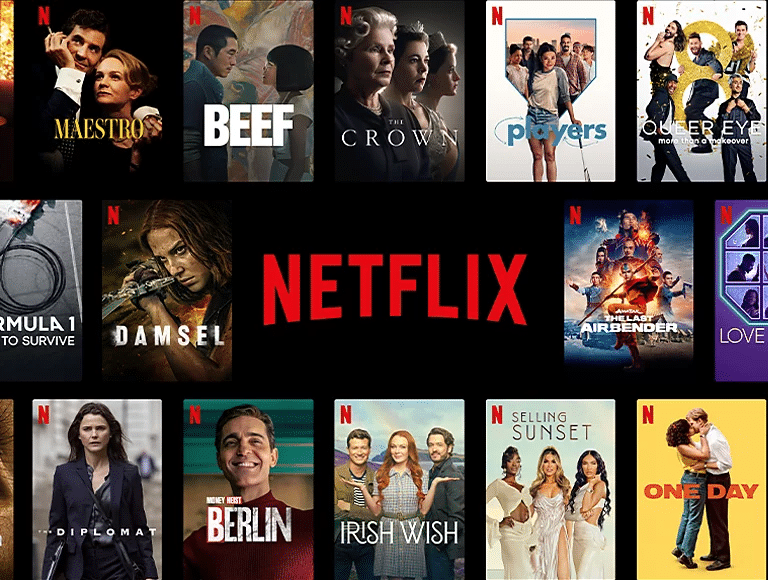
American Express
American Express employs marketing analytics to detect and prevent fraudulent customer behavior. Assessing transaction data in real time has assisted the financial giant in identifying unusual patterns that indicate potential fraud. American Express uses exclusive machine learning algorithms to evaluate factors such as transaction amount, location, and frequency, and compare them against a customer’s typical spending habits. In case anomalies are detected, the system triggers alerts for further investigation or immediate action, such as blocking the transaction or notifying the customer. This proactive approach not only minimizes financial losses but also enhances customer trust and security, demonstrating American Express’s commitment to protecting its cardholders from fraud through advanced data analytics.
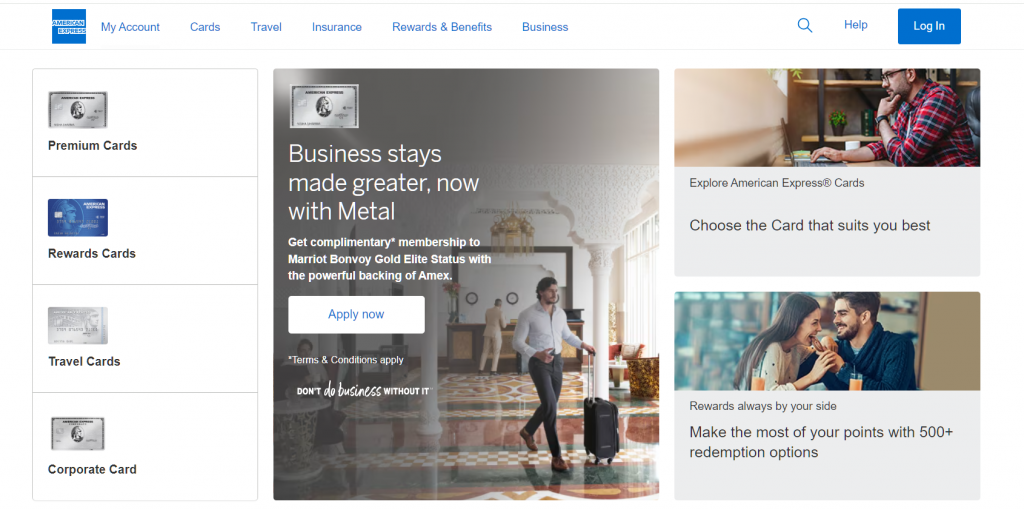
Conclusion
Marketing analytics has become an indispensable tool for businesses seeking to improve their marketing strategies, gain a competitive edge, and enhance customer experiences. This article has explored a variety of real-world marketing analytics strategies and examples that businesses across industries are utilizing to achieve these objectives. By analyzing marketing performance data, businesses can make more informed decisions, optimize their return on investment, and continually refine and improve their marketing activities.
With the rapid proliferation of digital marketing channels, marketing analytics has become increasingly important for B2B companies seeking to gain a deeper understanding of customer needs and preferences. The examples discussed, such as Spotify’s Wrapped feature, Costa Rican Vacations, and EasyJet’s personalized campaign, highlight the power of using marketing analytics to create engaging, personalized experiences for customers and achieve impressive engagement rates. As businesses continue to face ever-increasing competition, marketing analytics will continue to play an increasingly critical role in driving growth, improving customer experiences, and outperforming competitors.


